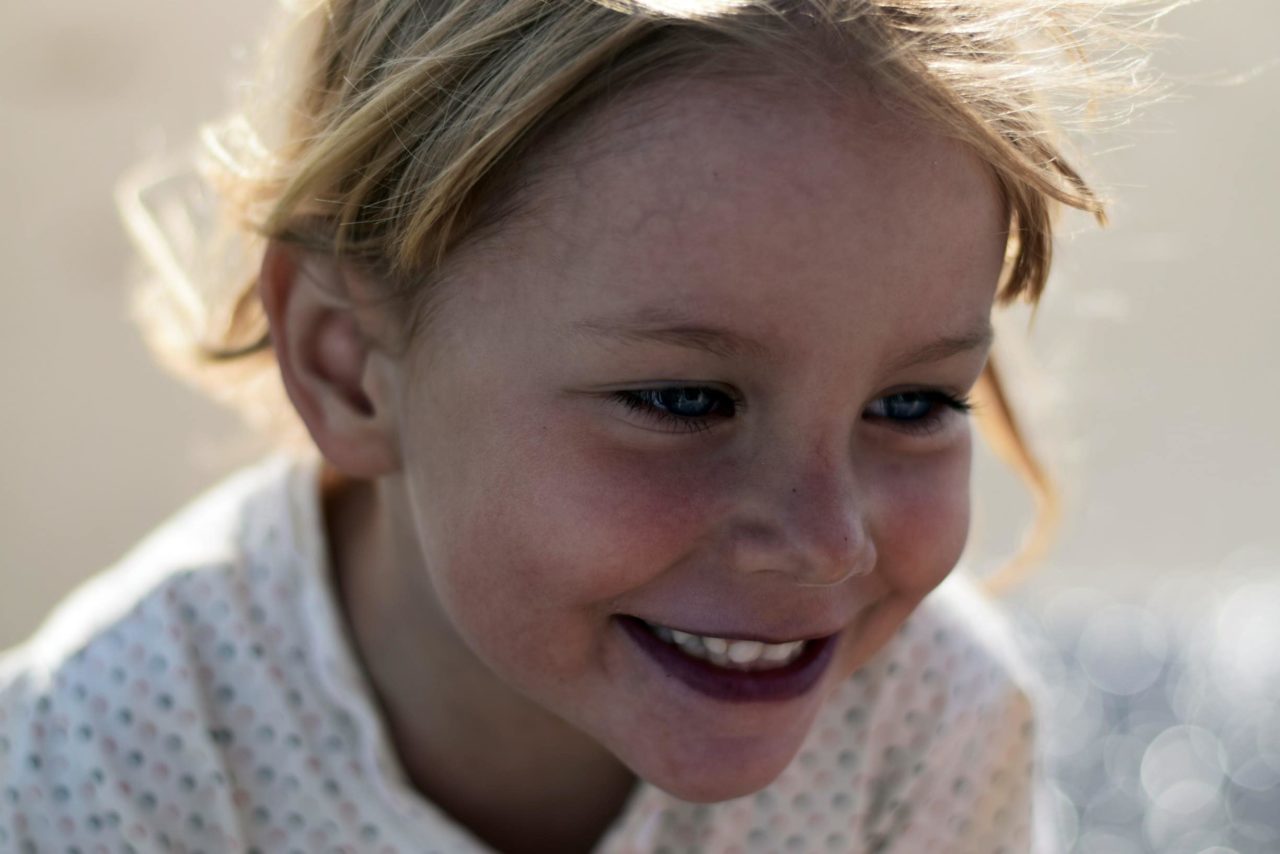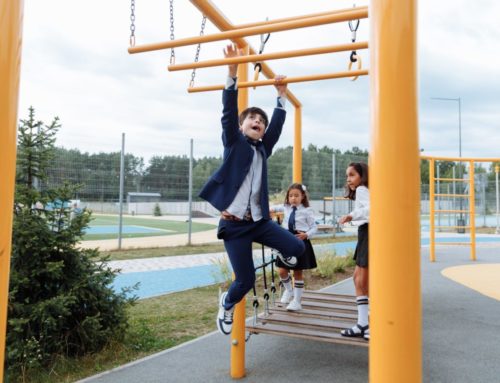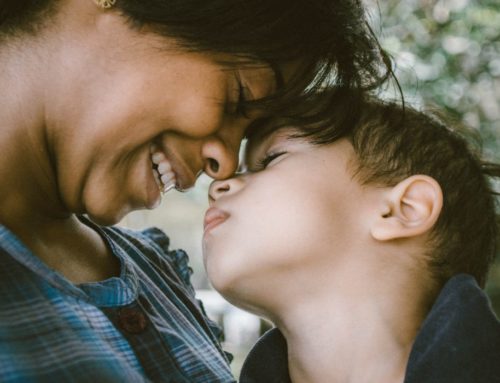
As parents, we all long for our children to be happy, well-adjusted kids. But happiness is something so fleeting and circumstantial. Joy is the emotional homeostasis we are truly trying to achieve. When your child has joy, they don’t sweat the small stuff so much. They are able to weather the storms of life and grow from their failures. Happiness is purely dependent on external factors, which tend to fluctuate up and down through various seasons in our lives. Joy, on the other hand, brings resilience, hope and optimism.
So how do we help our children to find real joy? Here are 7 steps that parents can work on to help their children get there:
Predictable Boundaries
You’re a little surprised about this one, aren’t you? Well, it just happens to be one of the most important. If sometimes your “no” means “I really mean no”, other times it means “keep nagging and then I’ll change my mind because I’m just too exhausted” and other times it means “unless you embarrass me in front of everyone at the shop, then, of course, it’s yes”, then your child will not feel like they can trust you to say what you mean and mean what you say. So when you tell them that you love them, that you are proud of them, that they don’t have to be afraid, or that they don’t have to change who they are just so that someone at school will like them…well, you say a lot of things. How can they know for sure that they can trust you to actually mean it this time?
When your child can predict with 100% accuracy that you always say what you mean, they won’t throw a tantrum about your “no” anymore because they know it never works. In fact, quite the opposite – they’ll know that throwing a tantrum not only doesn’t get them what they are demanding for but gets them a consequence instead. That way, instead of rage, they’ll feel a little disappointed, accept it and move on. Short-term “keeping the peace”, causes long-term dismay. Grabbing the bull by the horns to deal with the situation properly, means that the child will feel far safer with you and won’t need to test the boundaries nearly as much.
Model Joy
Joy is a mindset. It is a choice! You, as the parent, need to model joy. Start every day with a self-given pep talk: Today I choose joy. Today I choose to soak in cherished moments and to have a sense of humour about the challenges. Today I choose to notice the beauty in the world and the blessings in my life. Today I choose joy!
The mother is often the emotional temperature gauge of the home. This can be a lot of pressure on us, but also a great privilege if you use this power wisely. You could be the reason that your spouse and children start the day with a smile and a positive attitude. You could also be the person that flicked the grumpiness switch in everyone else in the home. So choose joy. I am reminded of a meme that has a picture of a woman looking out onto a lake in deep thought. It says “Amazing things could happen to you today if you choose not to be a miserable cow”. It’s so true. Your attitude has the power to influence those around you. So choose your attitude wisely.
Here are some practical ways to do this. Firstly, have a general positivity towards your spouse and children. No eye-rolling, snapping or moaning. Make them feel like you love having them around and that you really wish you could stop cooking dinner to be able to play cars with your 4-year-old right this minute, but it’s just not the right timing. If that means that you have to “fake it ‘til you make it” at first, do so. The response that you will get back from your family will make your smile come naturally. Secondly, speak to your family members with kindness and respect – so that they will want to do the same for you. Be playful, and have a sense of humour about the mishaps. Forgive! Because you want them to learn forgiveness too. Model resilience. Show them how something went wrong for you, but you didn’t give up or throw an adult-sized tantrum about it. Instead, you learnt from your failure and tried again.
Gratitude
Did you know that, according to social studies research, the one common thread found in the most content, joyful, resilient people in the world, is gratitude?
Parents need to model gratitude for their children in everyday life. Gratitude is the opposite of entitlement. Create gratitude rituals in your home. If you pray, this could easily be incorporated. If you don’t, you could make it a family ritual at the dinner table. Help your children to identify one, two or three things they are grateful for that day. You could do some of the obvious ones – like good weather, nature, food and the roof over your head, but also cover things we tend to take for granted, like the concepts of colour and flavour, friendships, fully functioning limbs, access to modern medicine, Velcro, the right to vote, access to good quality education etc. Also, throughout the day, help your children notice the beauty all around them: the way the water droplets glisten on the branch outside their window in the morning, the beautiful sunrise on the way to school, the way their friend’s face lights up when they arrive at school.
Make gratitude a way of life. If your child starts drifting off into an “it’s not fair” or a “poor me” attitude, get them to name 3 things on the spot that they are grateful for. You need to also let your children know what it is about them that you are grateful for.
Family Traditions
When you look back to the best parts of your childhood, the sentence usually starts with “I remember when we always used to…” Family traditions are an integral part of a joyful childhood. If you can’t think of any, chat to your spouse about what they did as a child that they’d like to integrate into your family, or ideas from other families. There are also loads of ideas online.
Having dinner together as a family at least 4 nights a week is a great start. If breakfast is an easier one for your family, that will do the trick too. Having one meal a day together as a family (without the TV!) has been proven to reduce risky behaviours in teenagers, increase their self-confidence, increase their sense of belonging, and improve the child’s sense of value and identity. That sounds worth it to me! But it should be an enjoyable time. Don’t freak out about elbows on the table, or your 4 year old son pretending he’s a dinosaur every now and then as he bends down to eat with no hands. Keep a sense of humour and make it fun. You could incorporate games (like broken telephone, making up a story that each person adds to), share your daily gratitude, talk about each person’s high and low of the day, or use a jar of cue cards for some kid-friendly conversation starter questions. (Here’s a link to a list of 250: https://thedaddude.com/index.php/2019/05/20/250-dinner-questions/)
Create traditions around birthdays and holidays. Maybe you could have Friday nights as your burgers, movie and desert night? Or maybe you want to introduce family night. Family night could be whatever you decide it to be: perhaps each week, the next family member on the list gets to be in charge of choosing the meal for the night, perhaps the desert (if there is one), and the activity/game that the family will play together after dinner. You could also include that each person at the table gets to say something they love/appreciate about the person whose turn it is that week.
Fostering Independence
Your purpose as a parent is to be your child’s scaffolding, not their pillar. Making your child feel like they need to lean on you creates insecurity, self-doubt and anxiety, which may continue right into adulthood. But fostering age-appropriate independence, being patient and encouraging as your child tries, fails, tries and then succeeds – this will help your child to feel confident, to not be afraid of failure, to take healthy risks, and to be resilient.
Yes, your 6-year old takes forEVER to tie their own shoelace, but with encouragement and patience, they will have a sense of pride and accomplishment and will be able to improve their speed with practice. Yes your 4 year old makes the bed in a way that has the entire duvet inner scrunched up into one corner of the cover, but doing it for them so that it’s done “properly” means that you’ll never help them achieve it themselves, and they will feel like too much of a failure to try.
Creating Memories
In my experience, I have found that creativity and physical activity make the best kinds of childhood memories. With regards to creativity, create something beautiful together – whether it’s an art project, a fairy garden, painting rocks or building a treehouse together.
With regards to physical activities, get outdoors! Go for hikes, to the beach, botanical gardens walks in the forest, hire a canoe or SUP and go paddling together as a family, play ball games, ride bikes, go for picnics, watch the sunset…
Plan memorable holidays. These don’t need to be expensive. My kids love camping more than any other kind of holiday. Having fun together is what it’s all about. Scavenger hunts are a great way to have fun together too. Try a geocaching app or go hunting for painted rocks hidden at your local park (Cape Town’s rock group: facebook.com/groups/CapeTownRocks/).
Consistency
Be consistent about points 1 to 6. Don’t allow your initial inspiration to dwindle with time. Perhaps you could set a yearly reminder on your phone to have a family meeting about how everyone feels things are going with the family – what they want to do more of, or what they’d like to introduce. Take in everyone’s contribution as valuable (even if it isn’t always doable) and ensure that your intentionality continues as you invest in the joyfulness of your family.





